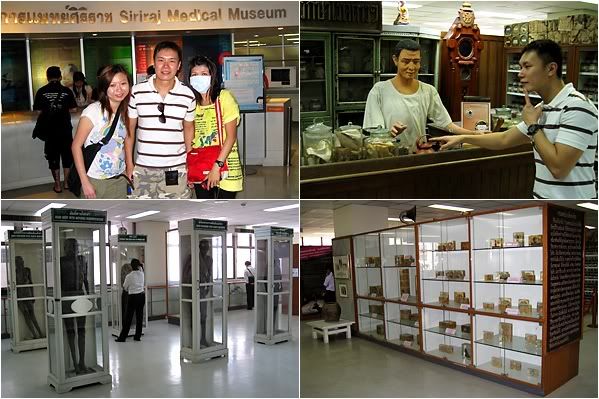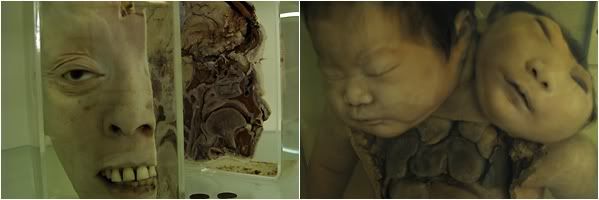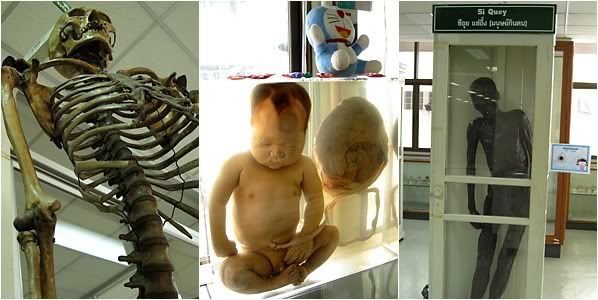The driver (and his car) was the key to the trip and it was difficult to plan with ambiguity. If it was a last minute trip, I can understand the problem to commit. Then just say ‘no’. But if it’s planned 2 months in advance, there’s ample time to make any necessary arrangements to make the trip happen. Else, just a simple ‘no’ is welcomed rather than to leave me hanging. I guess when most people make their decisions, they forget that they’re a part of the decision-making process of others. It’s not a nice feeling having to give up another activity to make this trip happen while the other travelers are perpetual ‘Shouldbedoos’ (think Scooby Doo).
Decisive by nature, I have a problem empathizing with wishy-washy characters. If you can, say ‘yes’ and make any upcoming plans around this commitment; if you can’t, say ‘no’ and allow others plan ahead. If you’re not sure, tell me by when you can give a confirmed answer and give it. Sometimes I wonder if indecisiveness is a tactic to make ourselves feel important.
The other challenge was also to toe the soured relationships between some in the group. Based on my understanding from both sides, I could see that intentions were good, rationales were valid, but the execution was flawed and lots of miscommunication in-between. However, I’m so very glad that this trip worked out well and things were the way they were before.
Sometimes we get in trouble with people because of our words or actions intentionally or unknowingly, or we may be troubled because we hold on to being done wrong. With the flowing of a river or a waterfall, the same water will not pass by twice, so I’m glad bygones can be bygone and whatever that stole our joy was allowed to flow away and letting the waters put out all fires of fury...
ABOUT KOTA TINGGI
Kota Tinggi is a small town in Johor Bahru, Malaysia, well-known for its 34m cascading waterfall from the 634m Gunung Muntahak Mountain. The fall creates refreshing pools ideal for cooling off in the afternoon heat. The waterfall is also known as the Lombong Waterfall.
The Kota Tinggi town itself is rather small with its town centre and major developments, such as a very modest shopping centre and retail complexes, situated along a river. The waterfall is situated about a 15 minutes drive from the center. We drove to Kota Tinggi from Singapore and it took us about 1 hr 30 mins via the Tuas Link. Just take the highway and after clearing about 2 tolls (or 3?), you’ll see directional signs that point you to Kota Tinggi.
You’ll cross a bridge over a river when you enter into the town and along the banks is where most of the developments are including the boarding site for the Firefly Tour. Apart from the waterfall and Firefly Tour, there’s really very little else to do at Kota Tinggi. As part of our exploration, we drove up to the Desaru Fruit Farm and Desaru beach. We also had the Kota Tinggi Crocodile Farm in our itinerary but gave it a miss due to lack of time.
KOTA TINGGI WATERFALL RESORT
Weekend Hotel Room rate : RM150.00
Weekend Chalet rate : RM180.00
Around the vicinity of the waterfall, there’re 2 accommodation choices – Kota Rainforest Resort and Kota Tinggi Waterfalls Resort. Kota Rainforest Resort is about a 5 minutes drive to the waterfall, more expensive of the two, but looked in better condition and newer. Kota Tinggi Waterfalls Resort is right where the waterfall is located but has no ‘wow’ factor.
We stayed at the Waterfalls Resort due to its proximity to the natural pool. To get there, follow the brown signs that say ‘Air Terjun’. That means water (‘air’) fall (‘terjun’) in Malay. We missed the turn into the resort initially because we were looking for English signs that said ‘waterfall’. Well, they were right before our eyes the whole time but we don’t read Malay! The authorities should really include an English translation in the signs.
The resort is surrounded by forested areas and provides a rustic sanctuary embraced by nature. Facilities include air-conditioning, fan, TV, and fridge. There’s also a restaurant while food tents line the bank of the rock pool. But on hindsight, maybe we should’ve tried the Rainforest Resort instead because the room condition at the Waterfalls Resort was rather appalling. One of the room’s air-con didn’t work, I found gecko shit on the sheets, and the TV was the size for ants. Then again, maybe the other resort isn't any better.
Both resorts do not have online booking facilities. I had to email them to check rates and availability. The Waterfalls Resort is represented by Impressions (impressions@impressions.com.my) and I was required to TT the full amount of the lodging price to secure my reservation. Since it was such a hassle, we decided to just walk in and book 2 chalets. There’s no difference in rates for walk in or email booking and a RM200 deposit is required. Towels and remote control for the TV were issued at the reception counter and you must bring those items back to the reception for check-out.
The saving grace was of course its closeness to the waterfall. There’re 2 parts to the Kota Tinggi fall that are accessible. The lower part consists of a section of the natural fall with a dammed up pool with slides, while an upper part was kept pretty much natural. There’s a stairway by the side of the lower fall that leads to the upper fall. It takes about 15 minutes of easy trekking.
I preferred the upper part because there were less people and the feeling of swimming in a natural pool surrounded by a forest was just awesome! But be prepared to be nibbled on by fish in the rock pool much like those fish spas. They were not painful, more ticklish… or maybe because I have thick skin. Haha.
But I thoroughly enjoyed dipping in both the upper and lower falls. Totally refreshing and inspiring to think that the waters had gushed relentlessly and with such velocity over so many years… much like how youth slides from us with such vigour. Every droplet represented a second and how I will never get back the time which has flowed.
DESARU FRUIT FARM & BEACH
Our self-planned itinerary included a visit to the Desaru Fruit Farm. Located 39km from Kota Tinggi, it took us roughly 30 minutes to drive there. I read that many different varieties of tropical fruits can be found in the farm and there’s even a small petting zoo and aviary. A guide will take you around while giving you a commentary on the plants either on a bull cart or your car.
We had lunch at a nearby food stop where everything was fried with too much oil and headed for Desaru Beach. From the roadside hawkers, it was another 15 minutes drive. Again, I’ve been to Desaru eons ago. I think I was 15 years old when I made the trip with my secondary schoolmates. I remembered the beach was white and powdery, and the waves were huge. It’s impossible to swim in that tidal assault so I never understood why people want to go there from then on. Desaru became a joke of a vacation destination for me and never went back.
How very different it was this time round. The beach was still desirable, but the sea was a calm inviting blue! How I wished I could plunge in but alas, this wasn’t planned for so none of us came prepared to frolic in Poseidon’s embrace. Apparently, the mood of the waves has seasons. So I guess May is when it is on Xanax.
Like a diabetic kid in a candy store, the only way to release that pent-up enthusiasm was to find a replacement. So we decided to create our own fun by taking jump shots. With the beautiful sky and turquoise ocean as our backdrop, our frogging moments turned out really great. I love those photos.
FIREFLY TOUR
Touring hours : 7:00 pm – 10:00 pm
Tour ticket : RM20.00
One of the must-dos at Kota Tinggi is the Firefly Trip. After taking the cruise, we left in awe of the magical presence of nature. Like Christmas trees flickering by the water’s edge, the visual symphony was simply spectacular.
Found in the berembang trees that line the banks of the Johor River, fireflies are actually beetles and spend 9 months as a glowworm (larvae state) before becoming an adult. The lifespan of an adult firefly is 2 weeks with the sole purpose to mate. Different species emit a different pattern of light to attract its own kind.
We bought our trip tickets (RM20.00) from the resort hotel although you can also buy it on the spot (don’t know if it is the same price). There was no pick up from our resort or map given so we had to make our own way there. The boarding place is located along the river where the town centre is. When you drive into Kota Tinggi, you’ll cross a bridge and the firefly tour jetty is located not far from it. If you lose your way, just ask the locals for directions.
The tour lasts 45 minutes and it is best to go for the 8pm slot as that’s when the sky is dark enough. The best time to see the fireflies is during moonless nights. If it rained during the day, you’ll be rewarded with a bumper view of the flies. It didn’t rain during our visit so what we saw was pretty sparse but magical nonetheless. Also, it was impossible to take photos of the fireflies because it’s too dark. So forget about photographing and etch the image in your head.
THE FOOD
We didn’t explore much of the gastro-offerings of Kota Tinggi but we found this restaurant called New Mui Tou that’s affordable and good enough. It is along one of the streets near the Firefly Trip and opposite Hotel Seri Kota. We had dinner there and went back again for lunch.
Dinner : Chili Crabs (though they looked more like pubic lice), Cereal Prawns (so-so), Hot Plate Tofu (yumz!), Wild Boar with Ginger and Onions (super yumz!), Fried Potato Leaves, 5 Man Tous, 1 bowl of rice, creackers, tea, and 2 bottles of Heineken.
Total Bill : S$50.00
Lunch : Fish Meat Steamboat (so-so), Sambal Squid (yumz!), Wild Boar with Ginger and Onions, Sweet and Sour Pork, Stir-Fried Vegetables, Fried Noodles, 1 bowl of rice, crackers, and 5 drinks.
Total Bill : RM87.80 (S$37.80)
OTHER DISCOVERIES
After dinner and some shopping at the riverine pasar malam, when were wondering what to do and found this karaoke, Big Box. It was newly opened so the place was nice and clean, the karaoke system works superbly, and the drinks were really cheap.
A bucket of 4 bottles of Tiger beer costs RM38.00 and a cup of honey lemon tea only RM3.00! The room charge was RM25.00 per hour. I tortured my friends with my singing till 2am.
And we woke up at 6:30am the next morning to shoot sunrise. We don’t know of any place to shoot so we just drove out to a field about 5 minutes from the entrance of our resort hotel. Nothing really much to shoot and by then, the sun was too bright to be photographed well.
We left Kota Tinggi totally tired. Although it was a small town, we managed to max out our 2 days 1 night there. Even though I encountered some frustrations organising this trip, the company quickly dissolved the stains and the waterfall washed the black away. Don't waste time holding on to bad times.
For more photos from the trip, please visit my album Kota Tingi : 2nd Click Clique Adventure.
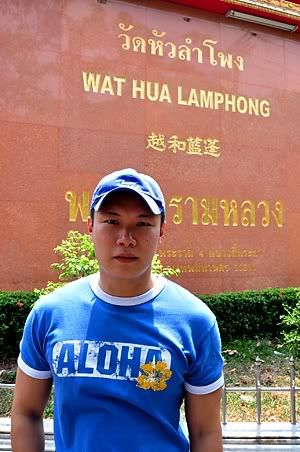 How about doing some charity on top of donating to Bangkok’s street beggars? At the Chinese temple (義德堂) tucked by the side of Wat Hua Lamphong, you can donate coffins for the burial of the destitute deceased. The cost of a full burial is approximately 500 baht (based on posts I read online) but you can donate any amount you wish.
How about doing some charity on top of donating to Bangkok’s street beggars? At the Chinese temple (義德堂) tucked by the side of Wat Hua Lamphong, you can donate coffins for the burial of the destitute deceased. The cost of a full burial is approximately 500 baht (based on posts I read online) but you can donate any amount you wish.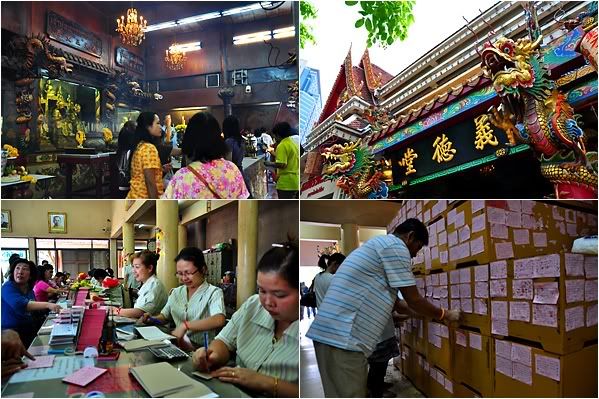
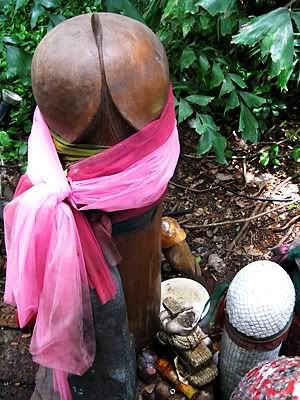 This place will give even the most self-assured man a serious inferiority complex. The penis shrine, or more correctly known as the Chao Mae Tuptim Shrine, is hidden in a corner within the grounds of Nai Lert Park Hotel. The shrine area is small but rather amusing. Not many tourists visit this place so you can take your time to look around.
This place will give even the most self-assured man a serious inferiority complex. The penis shrine, or more correctly known as the Chao Mae Tuptim Shrine, is hidden in a corner within the grounds of Nai Lert Park Hotel. The shrine area is small but rather amusing. Not many tourists visit this place so you can take your time to look around.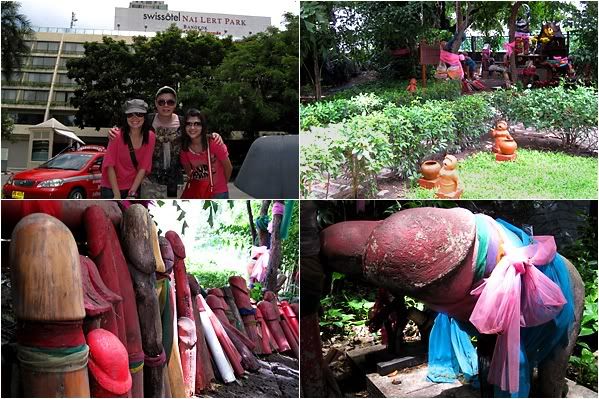
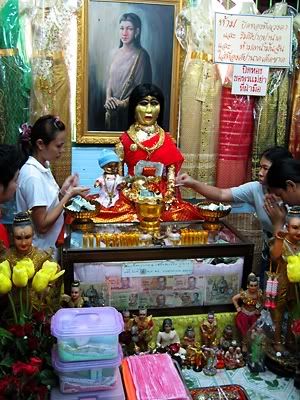 Ready for some romance? This is probably the most romantic of all shrines in Thailand. Legend has it that about a hundred years ago, there was a beautiful young woman called Nak who lived on the bank of the Prakanong River. Nak married a man named Maak. During the war, Maak was drafted to fight for his country, leaving Mae Nak at home alone. She was with child and died during labour.
Ready for some romance? This is probably the most romantic of all shrines in Thailand. Legend has it that about a hundred years ago, there was a beautiful young woman called Nak who lived on the bank of the Prakanong River. Nak married a man named Maak. During the war, Maak was drafted to fight for his country, leaving Mae Nak at home alone. She was with child and died during labour.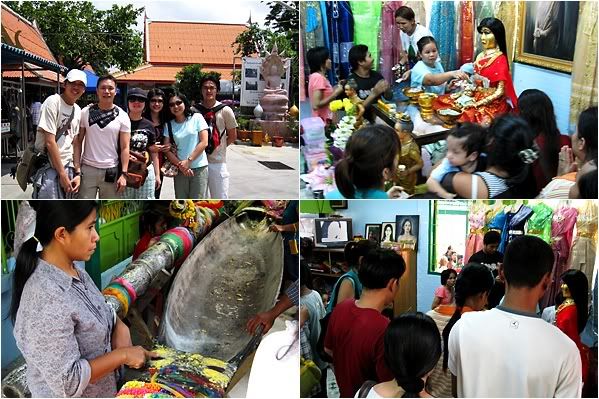
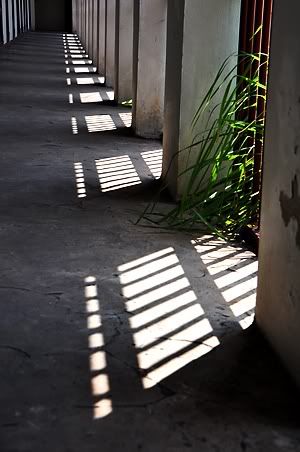 The locals know it as 'kook gao' but not many know where it is located. I had a hard time trying to get the hotel staff to understand where I was going as I wanted to get the place right before I get in a cab. But apparently, none of them had heard of or been there. I even resorted to show them the webpage of kook gao only to draw blank stares and them talking amongst themselves without so much as a verdict.
The locals know it as 'kook gao' but not many know where it is located. I had a hard time trying to get the hotel staff to understand where I was going as I wanted to get the place right before I get in a cab. But apparently, none of them had heard of or been there. I even resorted to show them the webpage of kook gao only to draw blank stares and them talking amongst themselves without so much as a verdict.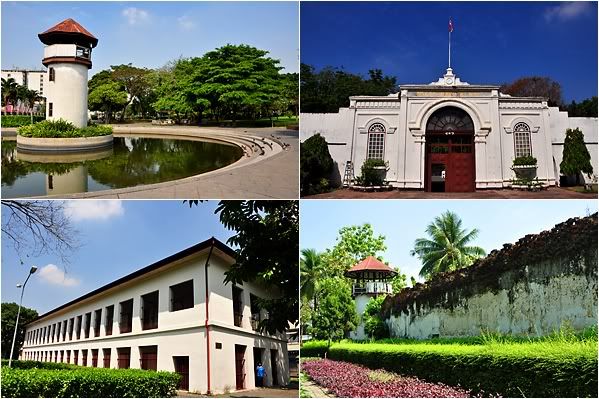
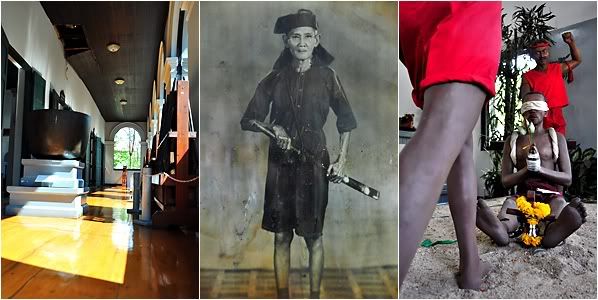
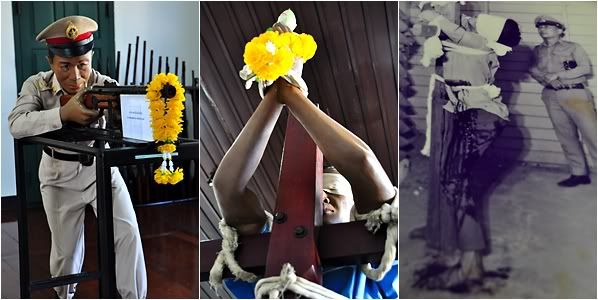
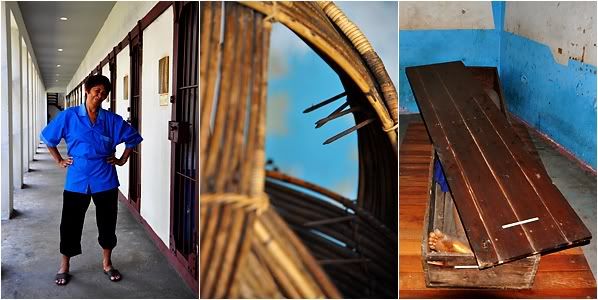
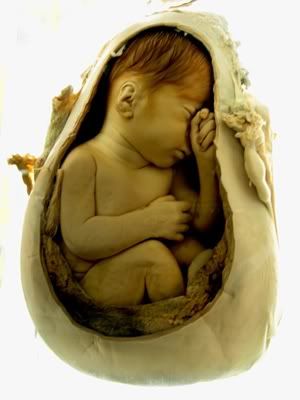 This is the Big Mac in macabre! It makes Gunther von Hagens’ Body Worlds feel like a pickle among the mangled patty.
This is the Big Mac in macabre! It makes Gunther von Hagens’ Body Worlds feel like a pickle among the mangled patty.